Sightseeing Spots
Search Results314

This farmers market sells mainly local agricultural products and specialty goods and functions as a hub for agricultural promotion and regional revitalization. In addition to local agricultural products, handicrafts and processed goods from both in and outside of the prefecture are available. The store has an dine-in space where you can enjoy food and drink, and there is also a spacious lawn. In the future, they plan to offer a rental kitchen where anyone can make sweets and side dishes to sell.
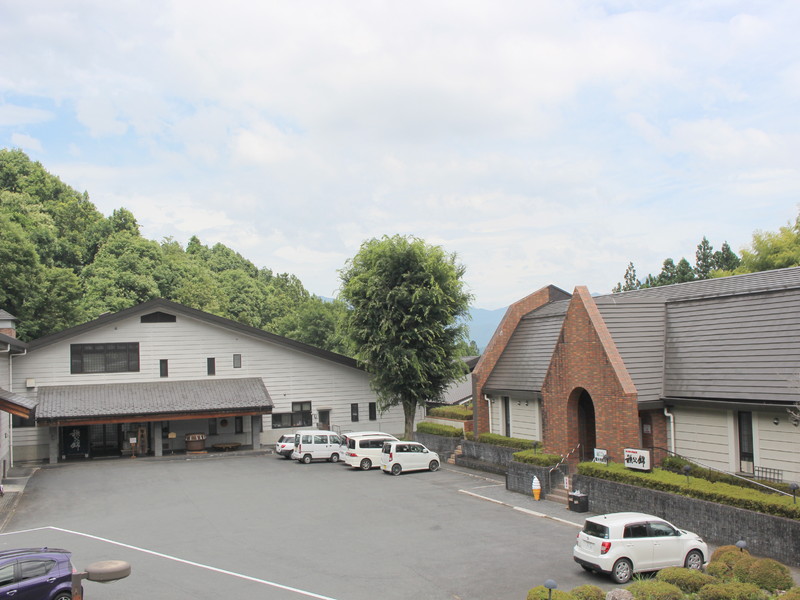
At our product store, locally brewed shochu “Chichibu Nishiki,” liquors and various Chichibu specialty goods are available. You can also try a wide range of alcohols at the tasting area.
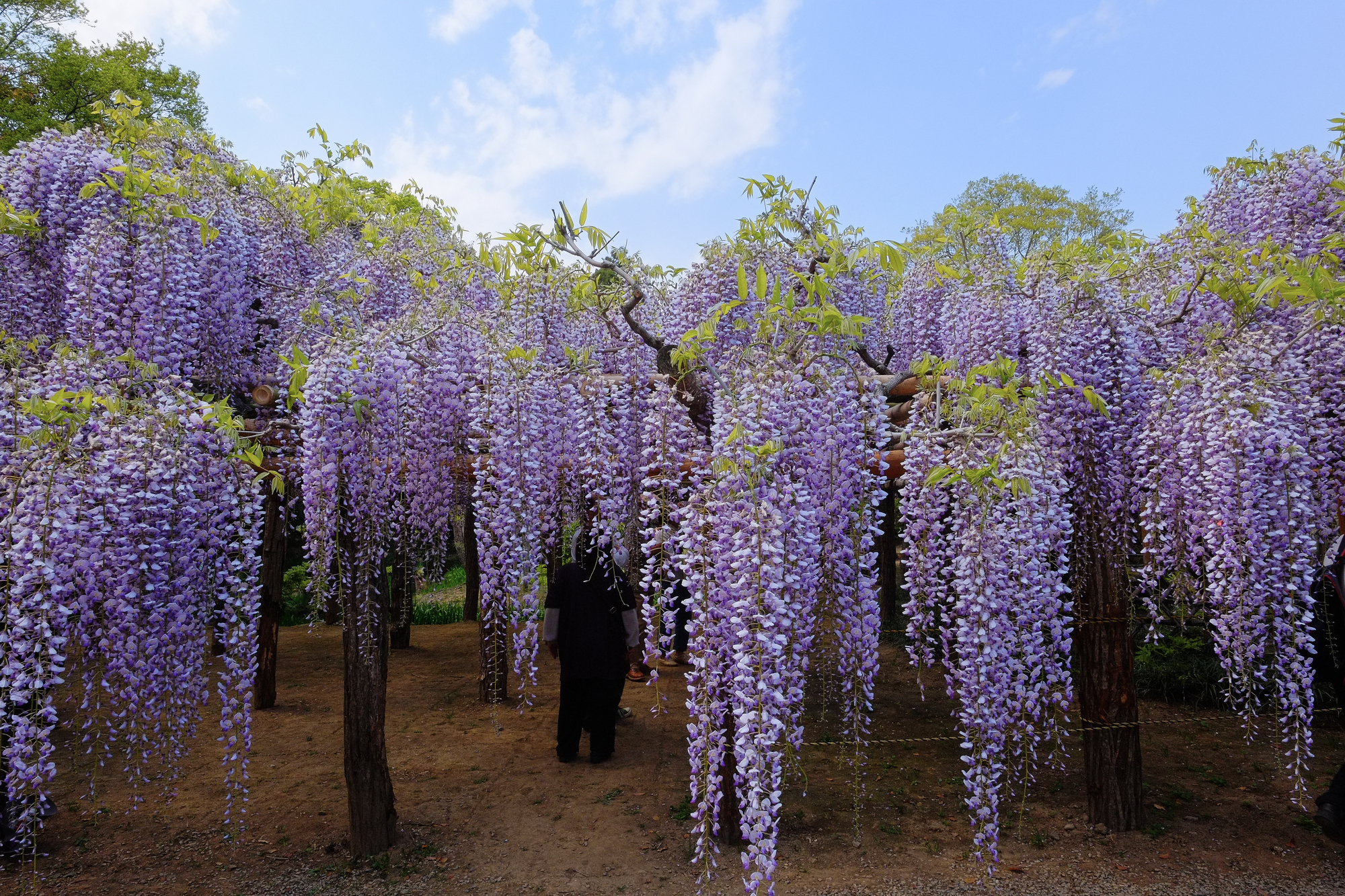
The Tokaen garden was originally located on the grounds of Renge-in, a Buddhist temple of Shingon sect. After the temple was abandoned in 1864 by its head priest, Kozo Fujioka, it was transferred to its current owner. According to legend, the wisteria here were personally planted by Kobo Daishi* nearly 1,200 years ago. *Also known as Kukai, Kobo Daishi was the monk who founded the Shingon school of Buddhism.
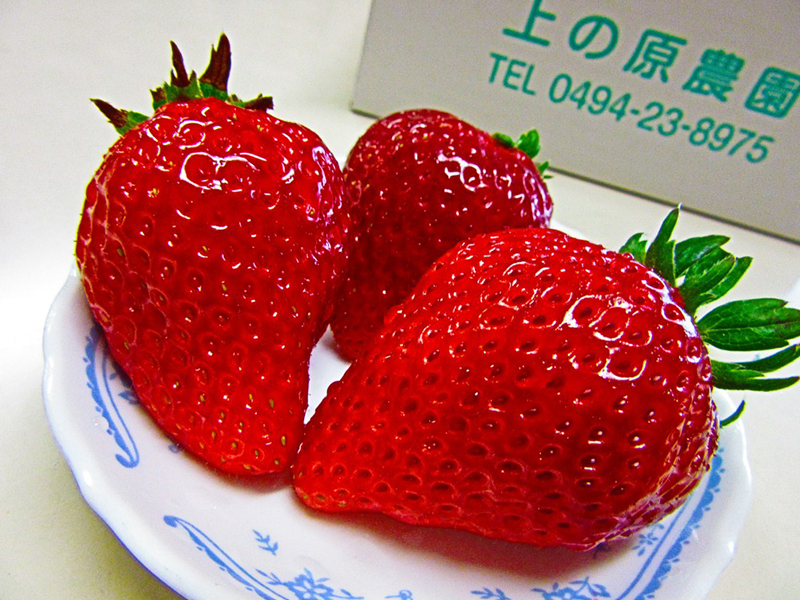
Enjoy the all-you-can-eat package at the farm, or pick and take the strawberries home instead! It's possible the all-you-can-eat will be finished depending on the season's harvest. All-you-can-eat varieties: Beni-poppe, Tochiotome, Yayoihime, Souvenir varieties: Amarin, Beni-poppe, Tochiotome, Yayoihime
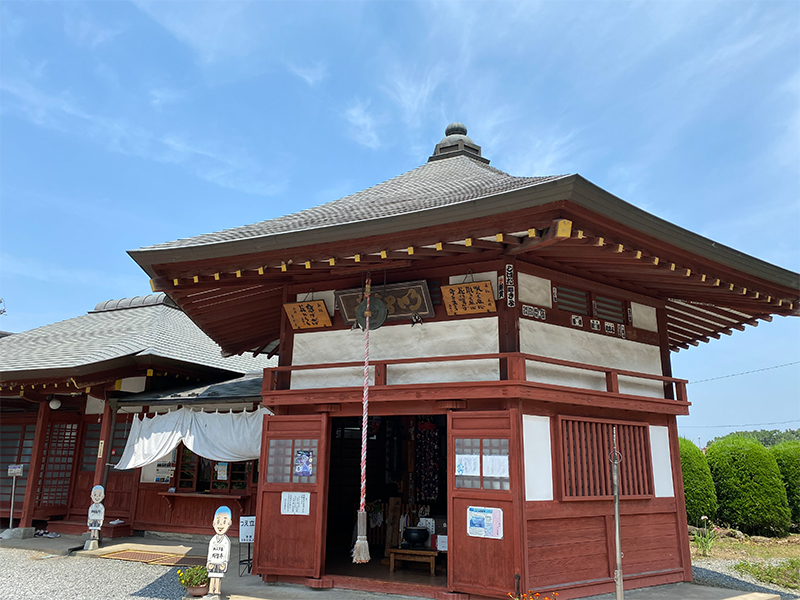
A temple for safe childbirth and child-rearing, and protection from evil. The main deity of the temple, Nyoirin Kannon, or Cintamanicakra, is said to be the God of Mercy and Wisdom, who holds a wish-fulfilling jewel that removes evil and purifies the clouded mind, relieves suffering, and bestows prosperity by giving gold and silver treasures. In the precincts of the temple are three Muromachi period (1336-1573) blue stone pagodas of the three Amitabha images and a mound of letters from the first year of the Hoei era, in which women wrote down their wishes and deposited them.
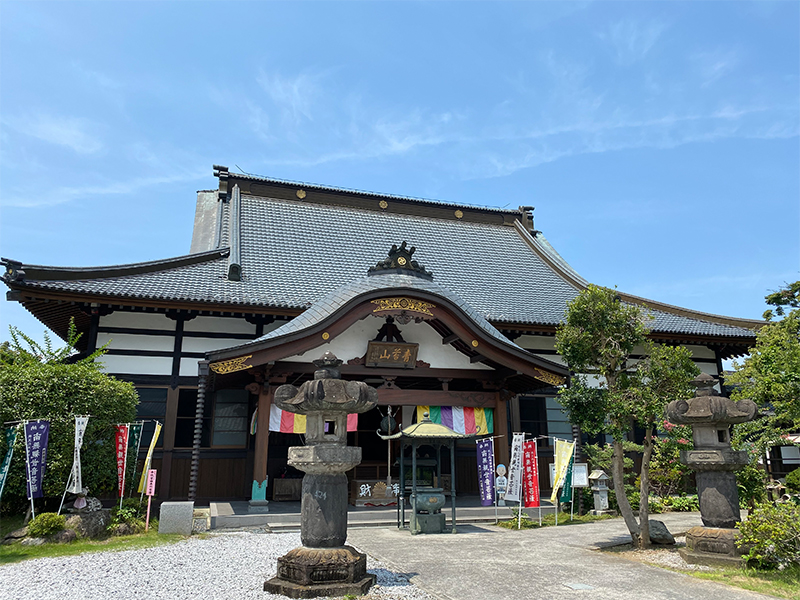
Mt. Seitai Hōchōji Temple, the seventh sacred site and temple, is called Ushibusedo, and the main deity is the eleven-faced Kannon. The eleven-faced Kannon was originally located at Ushibuse in the third ward of Negoya. Due to a disaster in 1782, it was moved to the main hall of Hōchōji Temple, where it has been enshrined ever since. Hōchōji temple is called "Fudasho No.7," also "Mt. Seitai," and it follows the Sōtō school of Buddhism. The temple was founded by Ryodo Kansei, who passed away in 1606. The founder of the Buddhist sect here was Shigekata Uchida, the second generation head of the Uchida family, and the Uchida family is said to be of the Fujita lineage, after adopting Hōjō Ujikuni as a son-in-law.
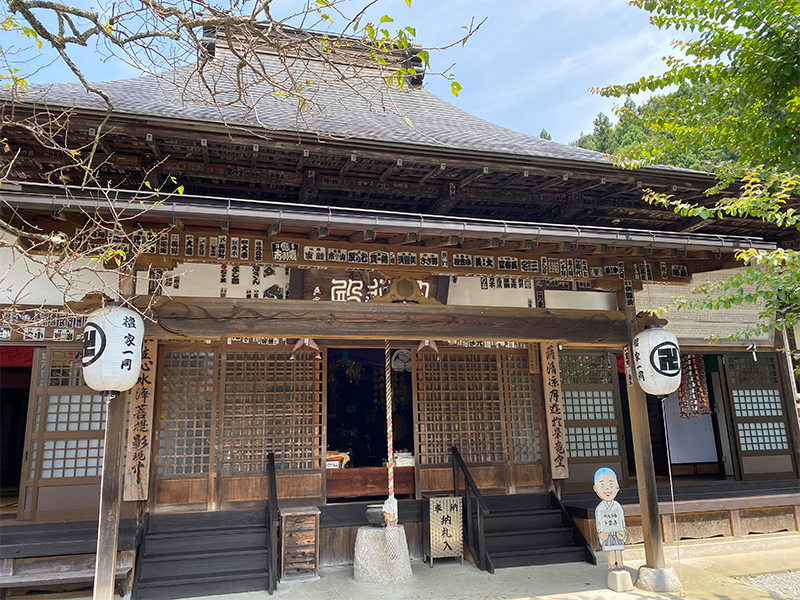
At Bokuunji Temple of Mt. Kōyō, also known as Oginodo, the main deity of Saint Kannon is said to have once stood on the summit of Mt. Bukō. Bokuunji Temple is also dedicated to rare items such as a Seiryoji-style Sakyamuni statue, a picture scroll of good fortune, and a tooth of Yamanba (a mountain witch). A magnificent view of Mt. Bukō is visible from the front of the temple.

Visitors can learn about the rich nature and national treasures of Ina Town through the comprehensive exhibitions on local nature, geography, history and folklore on display. This museum moved to inside Ina Municipal Minami Junior High School in April 2016. Feel free to stop by, view the exhibitions and deepen your love and understanding of the wonderful Ina Town.
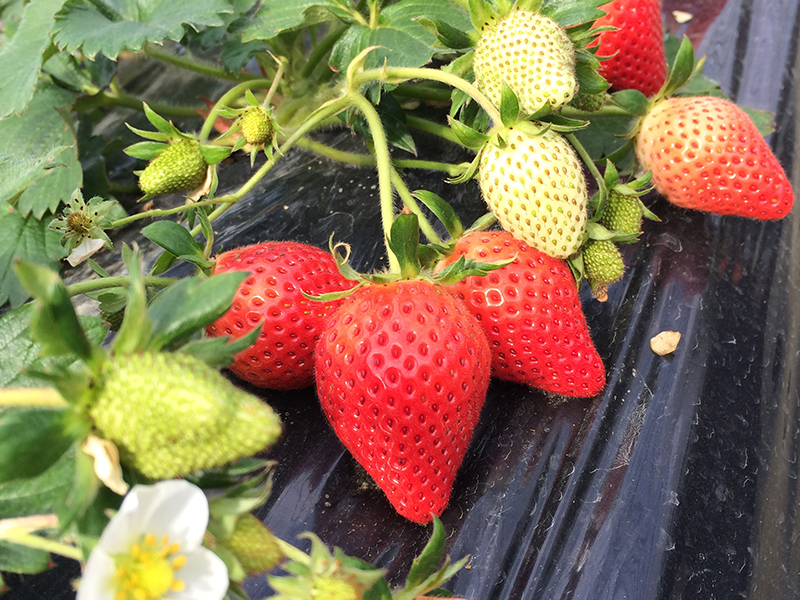
A 10 minute walk from Yokoze Station. Also a 10 minute walk to Hitsujiyama Park and Shibazakura no Oka. Strawberries grown with a focus on the best taste and assurance of quality.
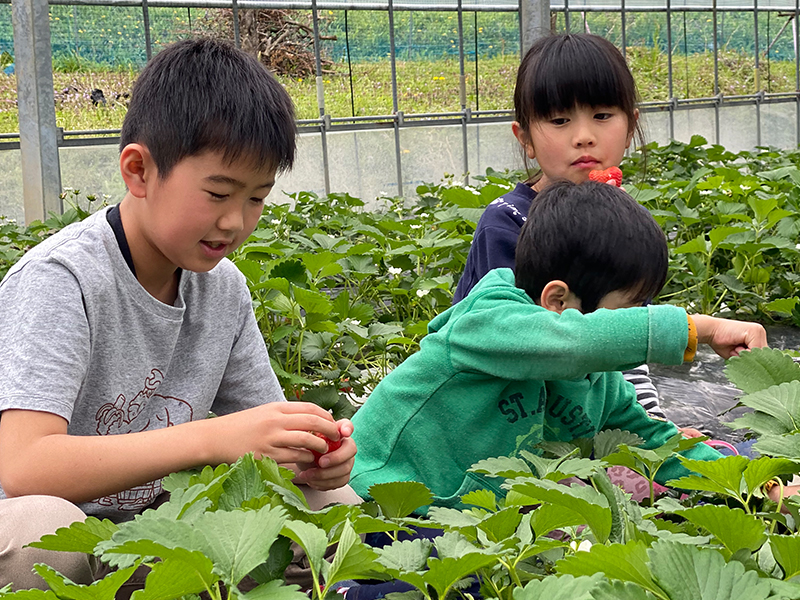
This strawberry farm is located in the peaceful landscape of Ashigakubo in Chichibu. Located on a hill, the view is fantastic! Please enjoy the sweet and juicy strawberries grown in our carefully maintained soil☆
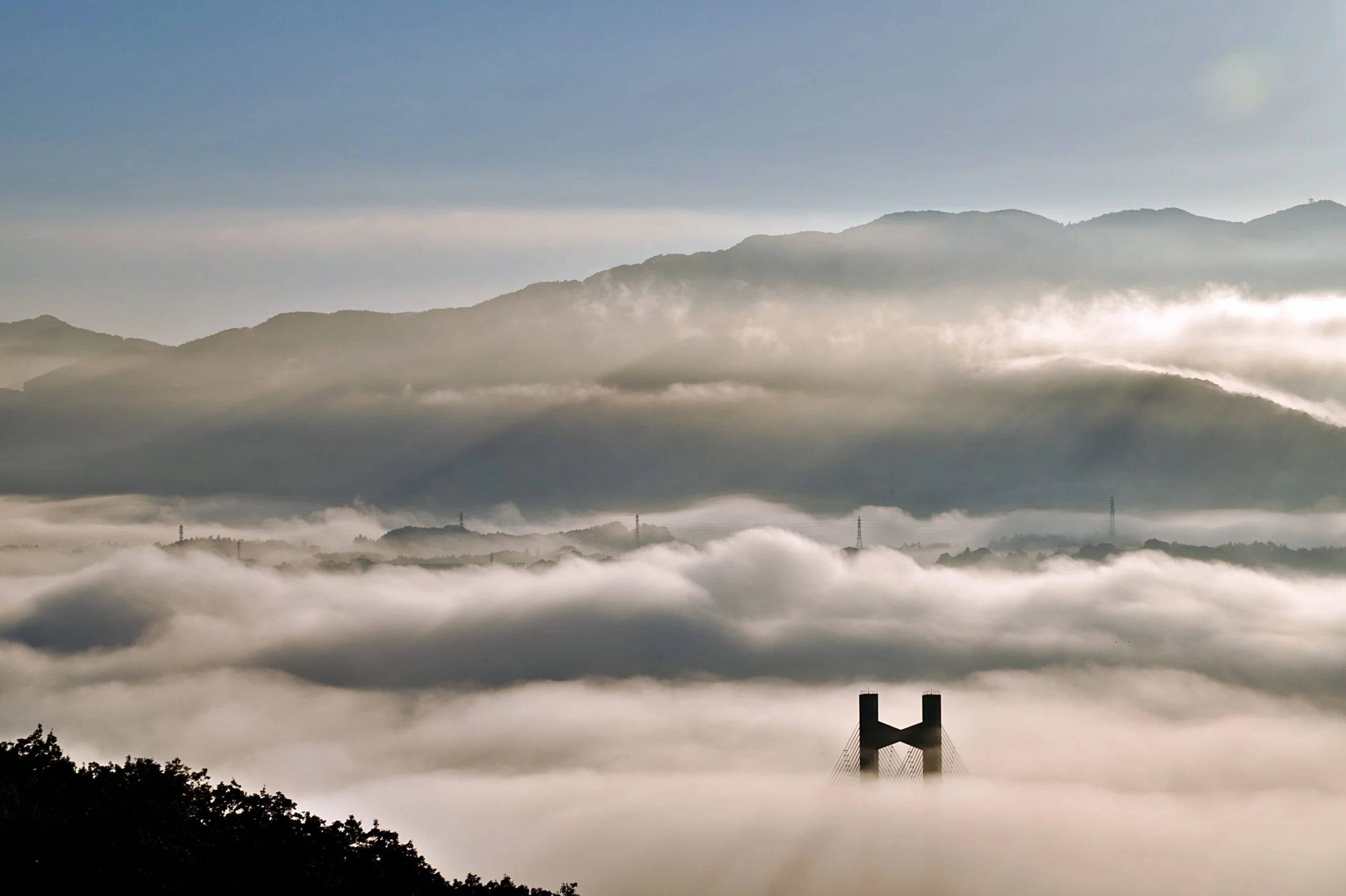
This park is situated in the rich nature of the Nagaonekyuryo mountains that straddle the border between Chichibu City and Ogano Town. This sprawling area of 375 hectares is divided into three themed zones, Forest of Sports, Forest of Music and Forest of Culture, with each area connected by a 3 km long "Sky Road." This park is best known as one of the best spots to view a breathtaking sea of clouds. The Chichibu area has the perfect conditions for a sea of clouds to form, due to the fog produced by radiative cooling in the Chichibu mountain area. If you get lucky, you may even be able to see the symbolic bridge of Chichibu appear to be floating above the clouds. Chichibu Muse Park has a variety of attractions, such as a music hall, an outdoor stage, Muse Fountain, a spacious garden, and sports facilities. Chichibu Muse Park is the perfect place to enjoy your day, surrounded by the beautiful changing seasons.
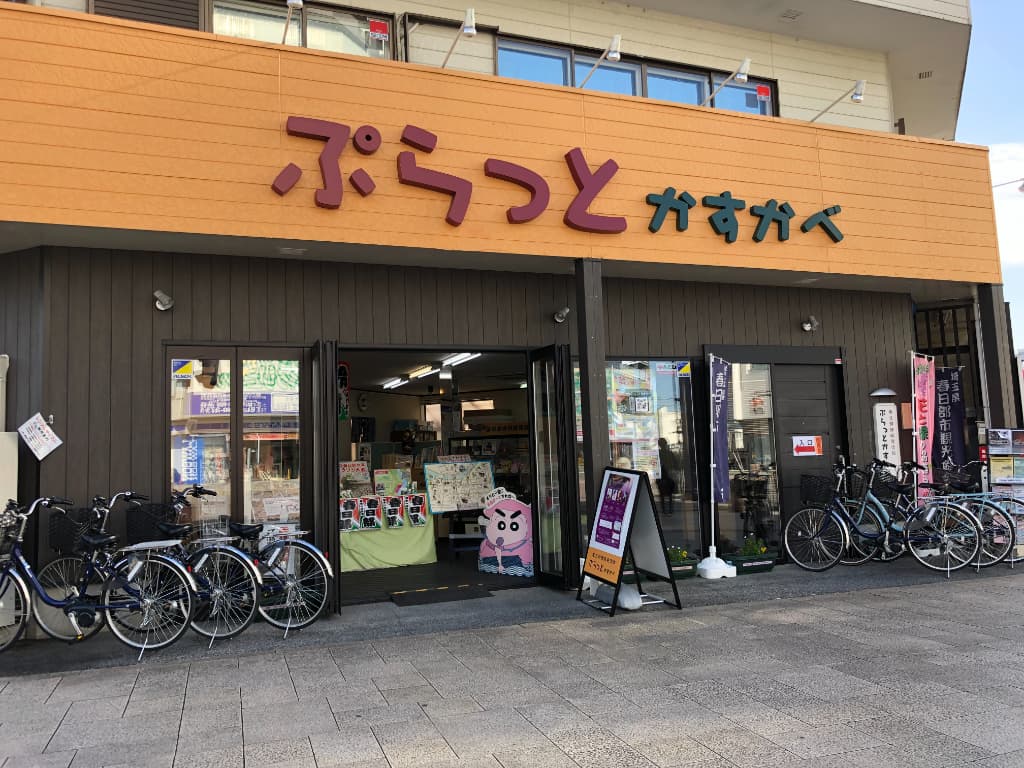
Located at the east exit of Kasukabe Station, Kasukabe Information Center "Puratto Kasukabe" is a facility where you can get information about all of Kasukabe City's attractions, from specialty products to sightseeing spots and events. It is a popular relaxation spot that anyone can casually drop by. Apart from introducing information on local tourism spots and specialties, they sell foods certified under the city’s "Food Selection" program. In addition to having display panels on Crayon Shin-chan - the anime character that represents Kasukabe City - which include reproductions of the original manga artwork, you can also get a commemorative visitor stamp. The facility also provides bicycle rentals, making it convenient as a base for Kasukabe sightseeing. Please feel free to stop by!
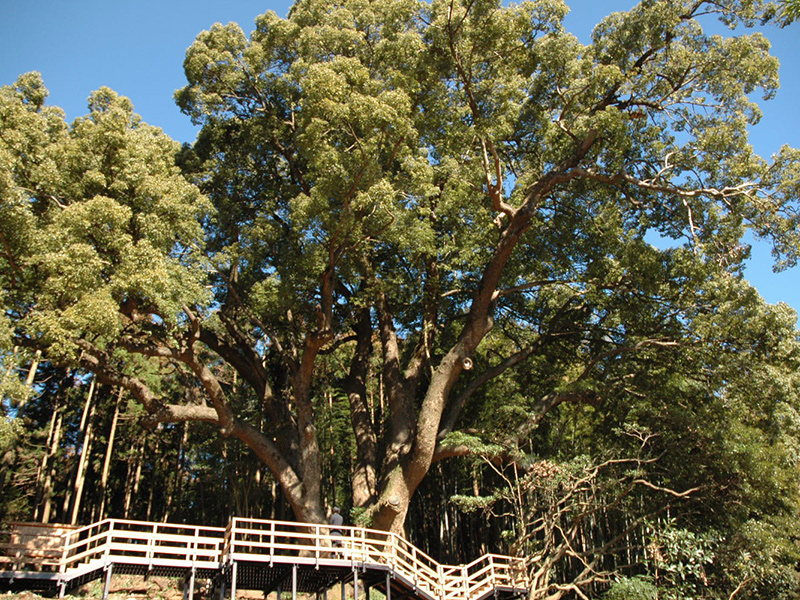
Ranked 16th in the 1988 Japan Big Trees Ranking, this giant camphor tree is certified 1st in the prefecture. The tree has a trunk circumference of 15m, a height of 30m, and is over 1,000 years old. The tree canopy is also a magnificent sight to see. It is designated a natural monument of the prefecture.

Your tour of the Chichibu region and nature-filled Yokoze starts here! Find out more about tourist destinations, seek out new flavors, and find all the information you need for restaurants and lodging. It's an information office full of vibrant energy ♪ There are also rental cycles and Mt. Buko goods for sale, so please feel free to stop by!
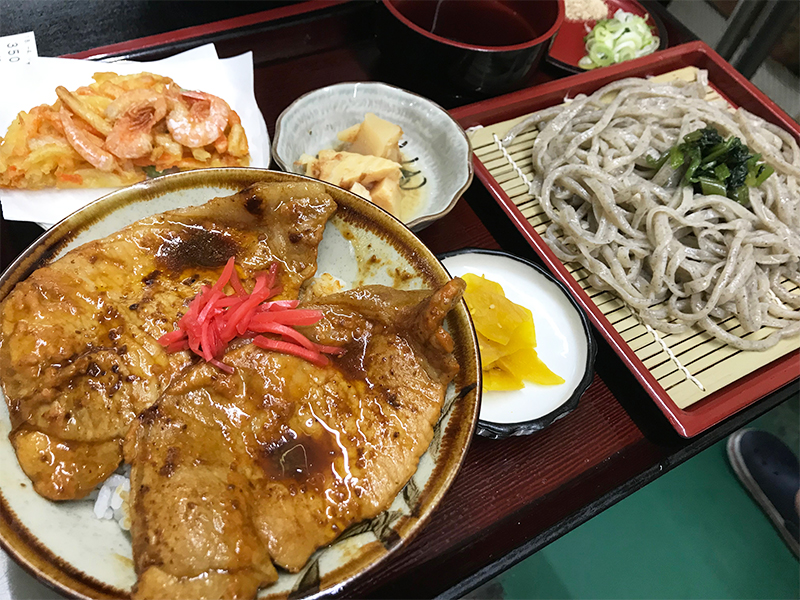
Enjoy country-style handmade soba, udon, and other set menus long popular among the farmers of Ashigakubo. You can also enjoy strawberry picking! The strawberries are bright red and packed with juicy sweetness. Strawberry picking is located right next to Menya Kinoko Chaya. If you want to pick strawberries, stop by Menya Kinoko Chaya first. ※ Time limit of 30 minutes per entry. ※ We would appreciate it if you could contact us in advance.
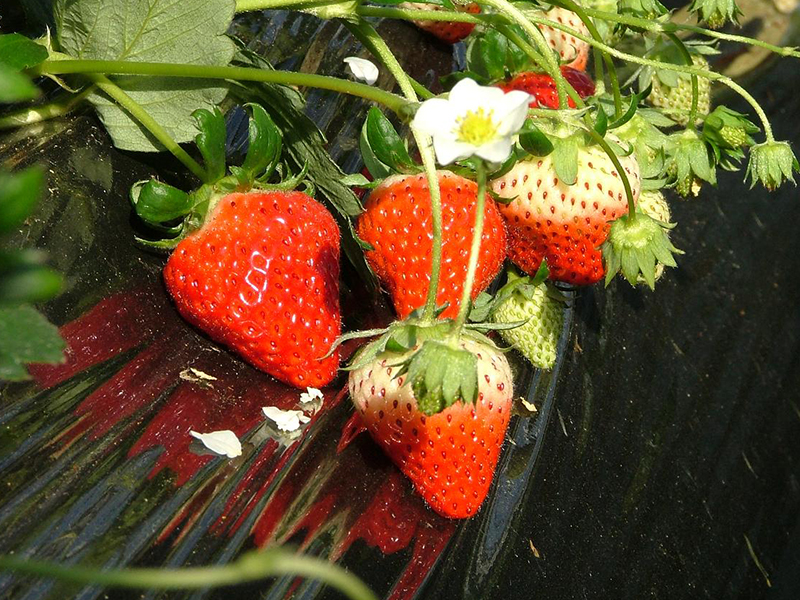
Strawberry picking is available from January to May, grape picking from August to October, and sweet potato digging from September to October. You can also enjoy a barbeque along with seasonal fruit picking with a reservation. For larger groups, please contact us at least seven days in advance for reservations. When making a reservation, please note that harvest conditions may vary depending on weather and other factors. Please contact us in advance to inquire about harvest conditions.
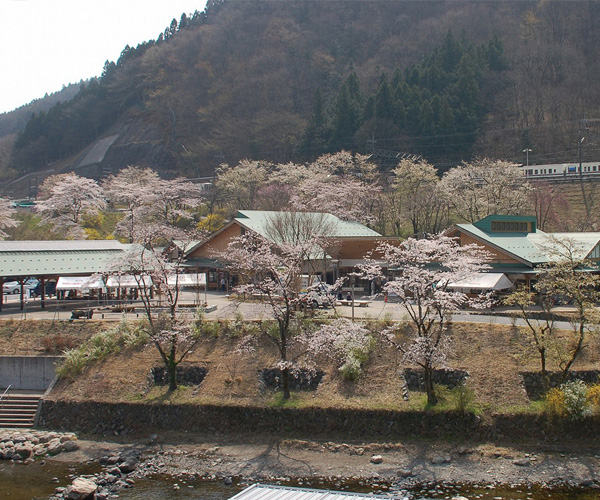
This roadside station is surrounded by rich green mountains, the clear streams of the Yokose River, clean air, and seasonal flowers and fruit trees. Inside the station, there is a farmers' market, restaurant, information center, resting area, hands-on experience dōjō (udon/soba), ceramics classroom and a gallery. Outside, there is an open space for relaxing and a deck where one can view the river from above. You can also enjoy a walk next to the Yokose river. ※Facilities listed in the Saitama Industrial Tourism Guidebook, "Manufacturing Guidebook."
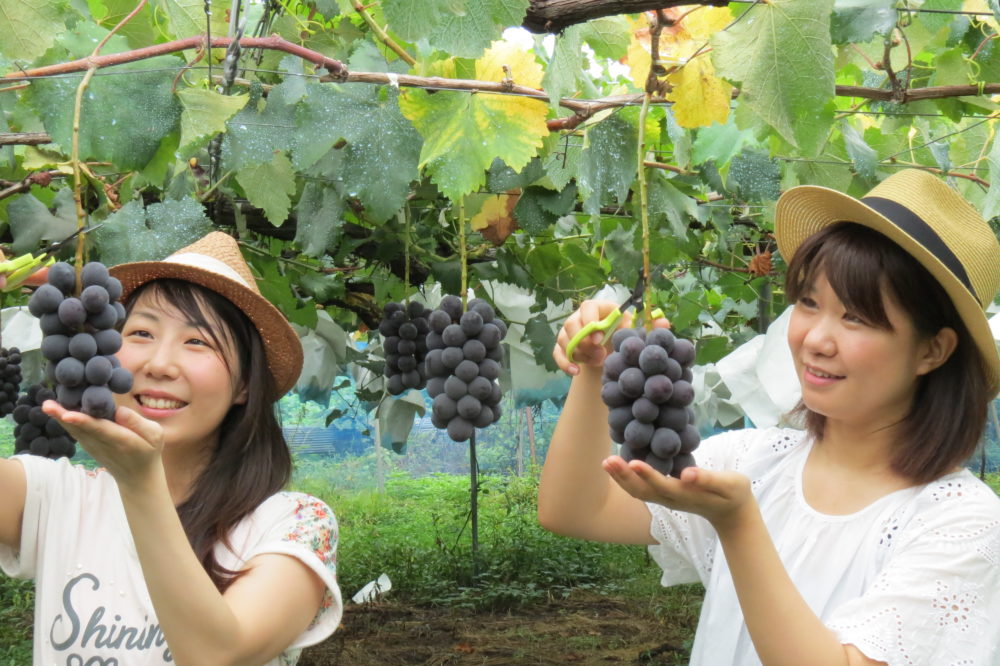
This facility consists of 12 groups of fruit farmers, with the closest station being Ashigakubo Station on Seibu Chichibu Line. You can find this collection of fruit farms, aka Fruits Village, by the southern slope of Hinatayama in the Ashigakubo district. Fruits are harvested all year round, with strawberries from early January to mid-May, plums from early July to mid-August, and grapes from mid-August to mid-October. The sweet taste of fully-ripened fruits and the clean air of the great outdoors is a special experience. We encourage you to stop by! There is also a restaurant, “Ashigakubo Fruits Garden,” a “Farming Village Park” with a 100-meter roller slide nearby, and many great courses for hiking.
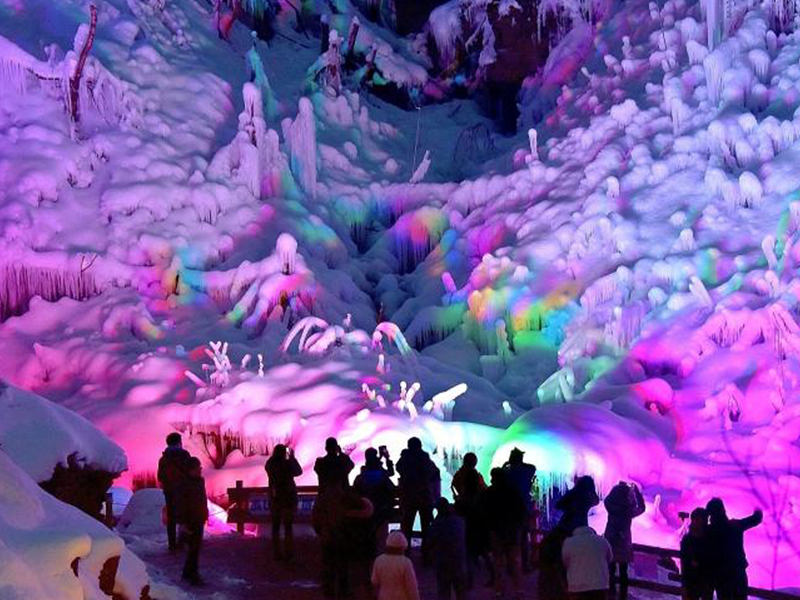
The magnificent and beautiful “Ashigakubo Icicles” is one of Chichibu’s three major icicle formations. These icicles, measuring about 30 meters high and 200 meters wide, are artificially created by sprinkling stream water on the slope of the mountain. Every year from early January to late February, you can immerse yourself in a fantasy realm created by nature and the locals.
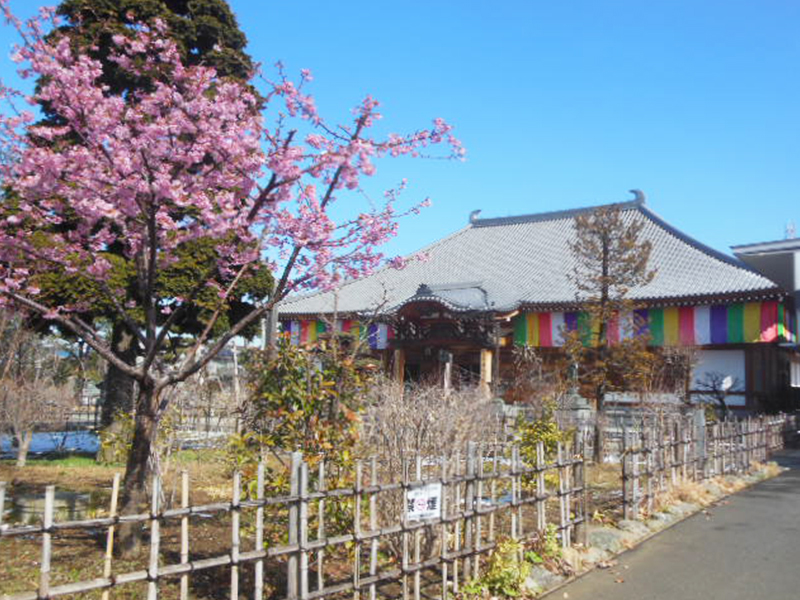
Henjoin Temple was founded in 1394 during the Muromachi period Oei Era (1394). The main deity of the temple is the Great Sage Fudo Myoo. He is believed to take the form of pure anger in order to guide those whose sins are so deep that they can't be brought on the right path in any other way. He is worshipped as a Buddha who fulfills wishes, prevents disasters, and provides wealth.
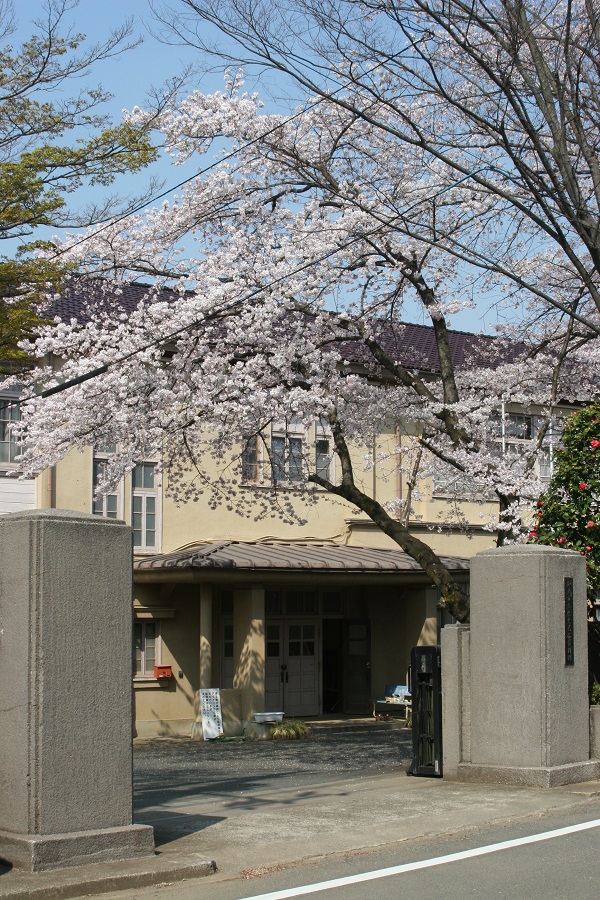
The Sakado City Historic Folk Museum was opened in October of 1980 as part of a municipal commemorative project with the aim of contributing to the development of education, learning, and culture. The building is a reconstructed and repaired portion of the former Suguro Elementary School building, and displays archaeological artifacts excavated from ruins found in the city, as well as folk materials collected from each region. The many folk tools on display are the witnesses of history; representing the wisdom gathered by local predecessors after years of cherished use, while also demonstrating the lifestyle at that time. In addition, archaeological artifacts such as the Haniwa human clay figures excavated from the Kitamine Kofun tombs and roof tiles from the ancient abandoned Suguro Temple, are materials representing Sakado City. In addition to permanent exhibits of these materials, the museum also holds special exhibits of folk tools.
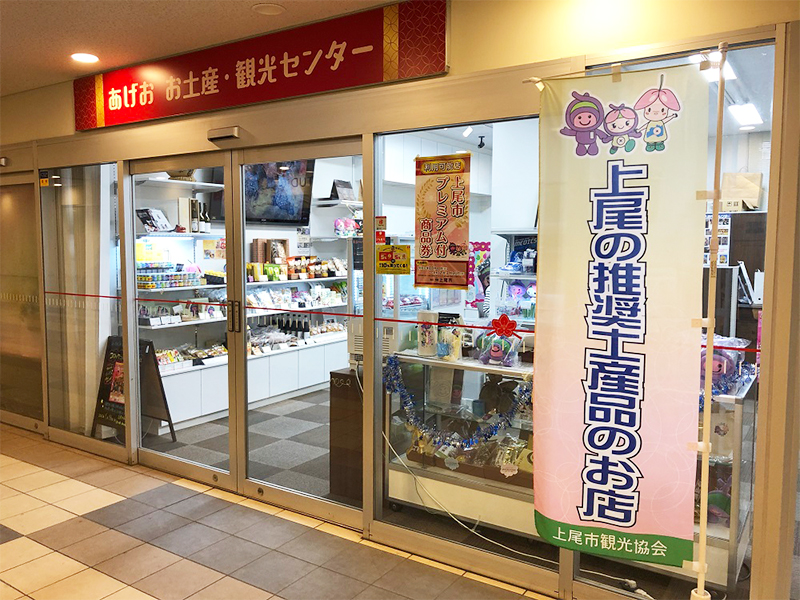
You can buy souvenirs recommended by the Ageo City Tourism Association here! They also sell tickets for Saitama Ageo Medics and commuter passes for the Tobu and Asahi Buses.
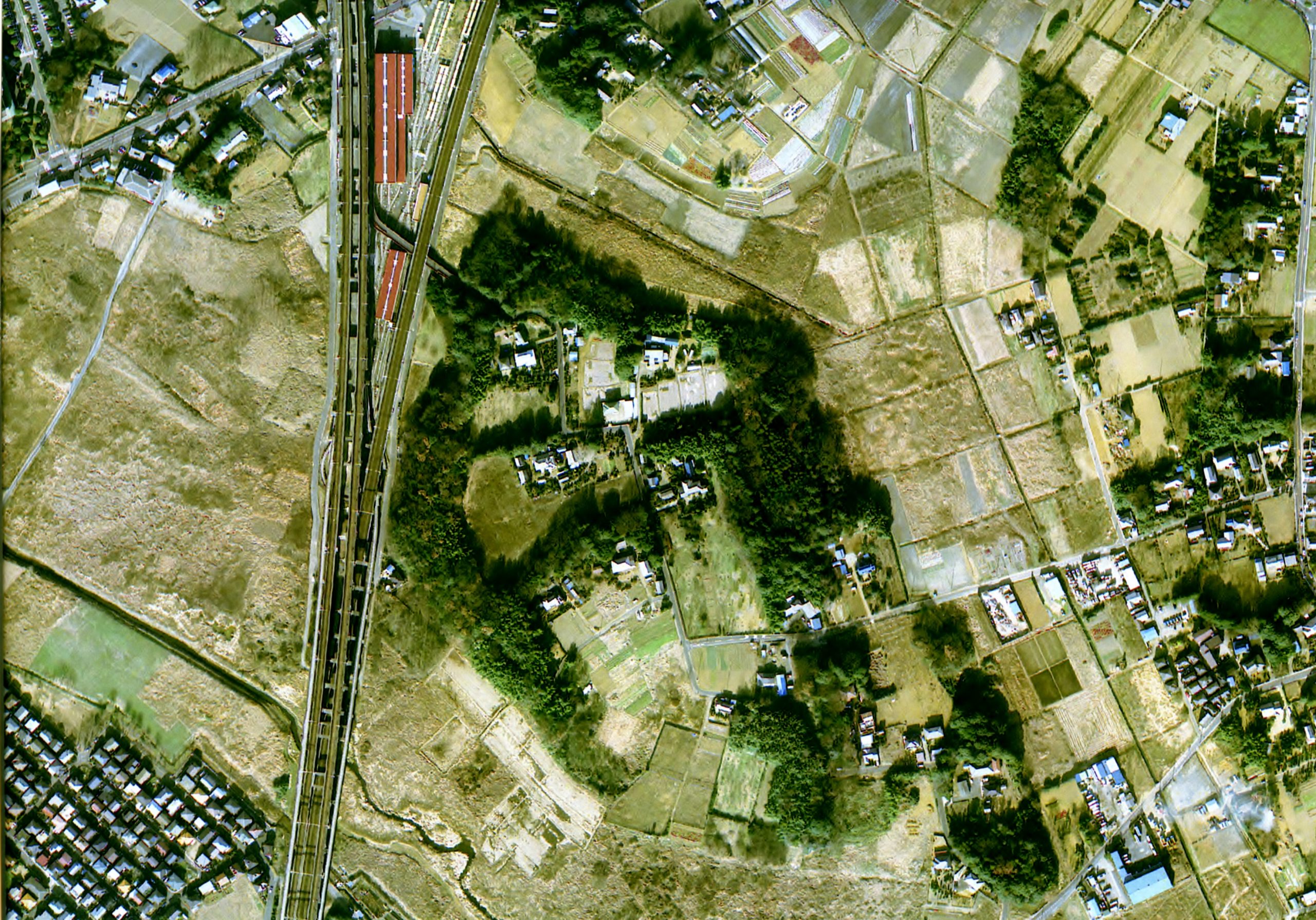
Ina town has a rich history still visible in the seemingly ordinary townscape of today, telling the tales of many hundred years ago. This is the site of the encampment used by the prominent leader Tadatsugu Ina, who served under the Tokugawa shogunate during the Edo period. Tadatsugu improved irrigation channels and developed rice fields, laying the foundation for the legendary Tokugawa rule that lasted 260 years. To this day, earthworks, moats, and streets remind us of the past through their names that relate to ruins of old gates, encampments, storehouses, and other historical structures. Excavations are still under process, and new finds, such as unique earth constructions made to hinder enemy troops, are being discovered, further revealing the exciting history of Ina town.
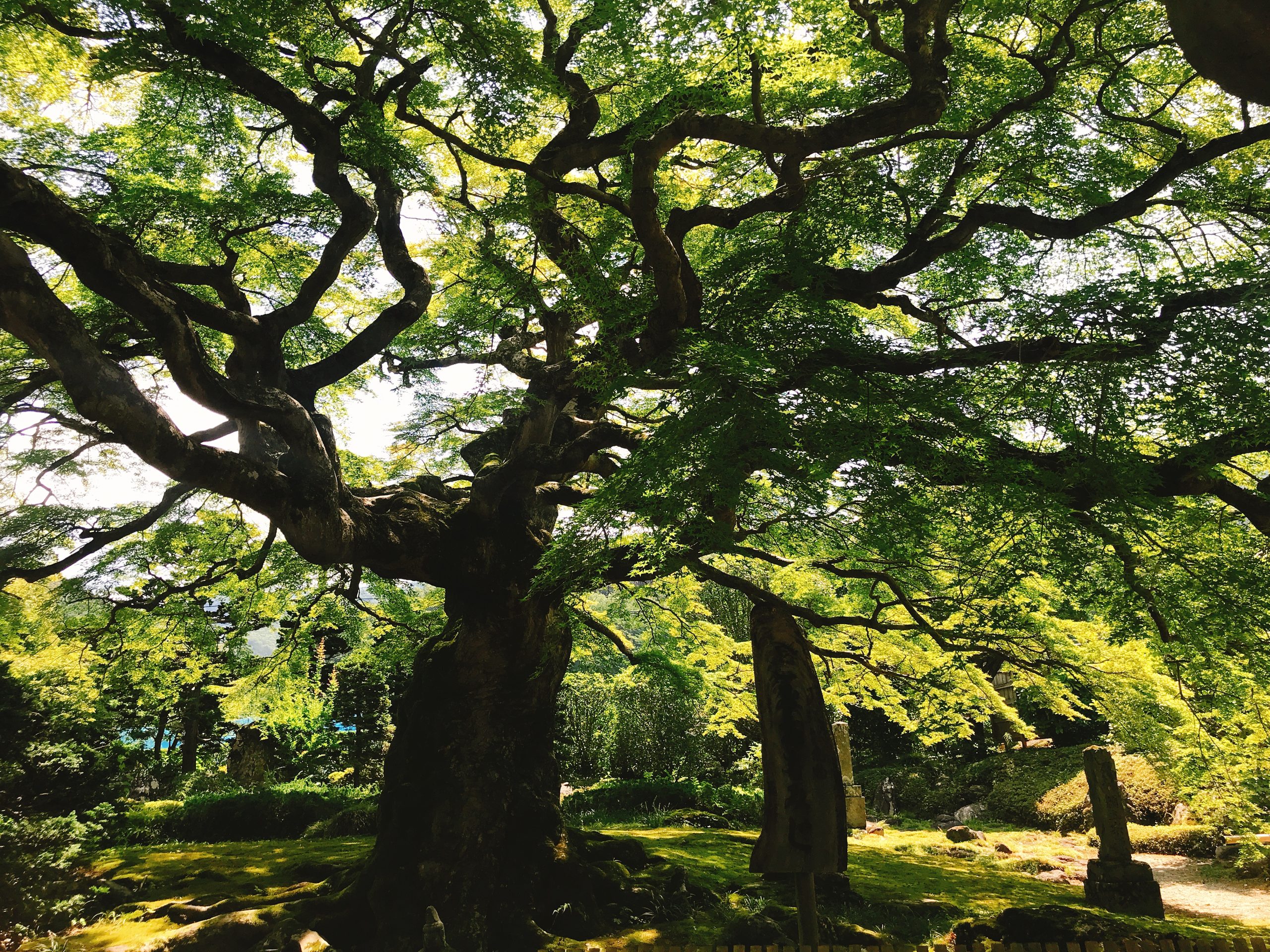
The change of the seasons can be enjoyed in the large, elegant butterfly maple tree, said to be 600 years old and designated a Saitama Prefecture Natural Treasure. The trunk is 3.8 m in circumference, 7.2 m in height, and the canopy measures 18.9 m north to south, 20.6 m east to west, and 56.3 m in circumference. The peak for autumn leaves is mid to late November. The "Night Zazenkai" (Night Zen Meditation) is also held on the 8th of every month from 7:30PM. A soba restaurant, "Teuchi Soba Machida" is nearby, and you can enjoy a meal of handmade soba while viewing the changing seasons.
This site uses cookies to improve the user experience. If you continue to browse, you consent to the use of cookies on this site. Accept
CONTACT
